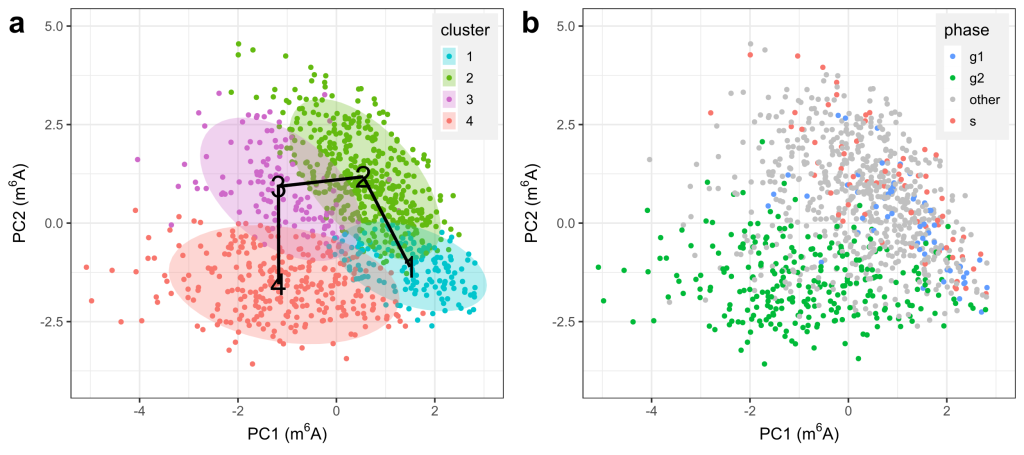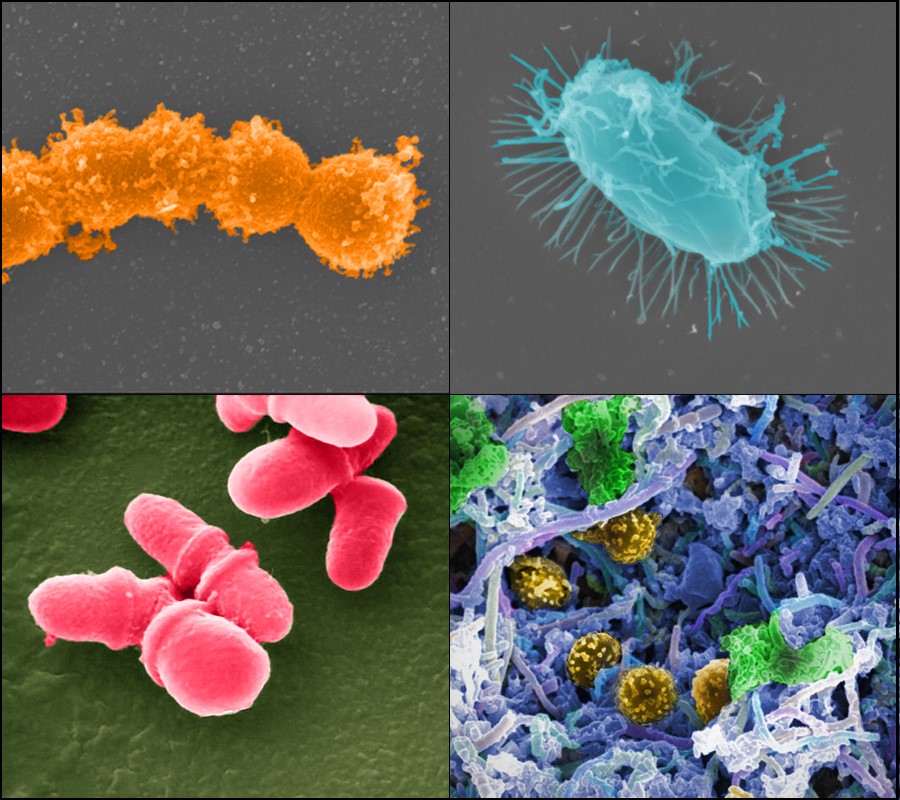Editor Catherine Diamond
06 Dec 2024
A new tool called SigRM helps researchers study RNA modifications in individual cells, improving our understanding of how genes are regulated.
Researchers have developed a new tool that will help scientists study how genes are expressed in our cells. The tool, called SigRM, is used to analyse data from single-cell epitranscriptomics, a method for studying RNA modifications in individual cells. This research could lead to important insights into health and disease.
Recent advances in single-cell technology have enabled researchers to analyse thousands of individual cells at once, providing rich information about the expression and activity of genes and proteins, as well as chemical changes that affect gene expression. A major tool in these studies is single-cell epitranscriptomics, which studies RNA modifications like m6A methylation, which can significantly influence gene regulation and are important in various diseases.
RNA methylation is a chemical change that attaches a small marker molecule to RNA molecules. This change is crucial in many cell processes, including gene regulation and overall cell behaviour. SigRM, which was published in the journal Cell Genomics, can be used to build condition-specific regulatory networks from the data, helping researchers map how RNA methylation is controlled in different situations.
With single-cell epitranscriptomics tools, researchers can focus specifically on RNA modifications in individual cells, enabling them to study the variation between different cells. However, existing techniques for analysing this data are still quite basic, and many important questions about RNA methylation and its variability across different cells remain open.
“The SigRM framework addresses these challenges effectively, providing improved detection and quantification of RNA methylation sites,” says Professor Jia Meng, Head of the Department of Biological Sciences at Xi’an Jiaotong–Liverpool University (XJTLU) and lead researcher of the study.
By analysing single-cell epitranscriptomic data, researchers can track how RNA modifications happen across different cell groups. SigRM not only helps construct regulatory networks based on this data but also tracks how cells change states over time, a process known as trajectory inference. The results from SigRM have been validated against existing biological knowledge, demonstrating its reliability. The new tool will be invaluable in understanding complex regulatory mechanisms, especially in diseases like cancer.
“The implications of SigRM reach far beyond the lab. Its development represents a significant advance in our understanding of how RNA modifications influence gene regulation,” says Professor Meng. “Our work not only addresses critical gaps in analysis techniques but also provides valuable insights that could pave the way for breakthroughs in medical research and biotechnology, enhancing our understanding of how RNA modifications impact health and disease.”

RNA modifications are used to classify individual cells into four distinct groups, revealing how their characteristics change during different stages of the cell cycle.
Edited by Catherine Diamond
Editor Catherine Diamond
06 Dec 2024
RELATED NEWS

City microbes surviving on disinfectants, research reveals
New research shows microbes in our cities are evolving to resist the very cleaners we use to eliminate them. It also identifies novel strains living in Hong Kong that were previously only found in Antarctic desert soil.
Learn more
Depression can cause period pain, new study suggests
Researchers identify potential genes linking depression to menstrual pain Women are twice as likely as men to suffer from depression and often experience mo...
Learn more

Nanohertz gravitational waves are cool but not supercool
A new study sheds light on the origin of low-frequency space-time ripples Similar to the ripples produced from dropping a stone in water, the collision of l...
Learn more







